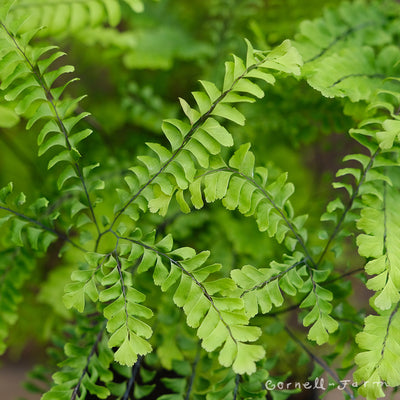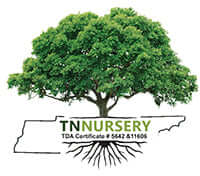
2 Must-Have Rare Ferns
Share
A Wood Fern can be the perfect addition to add a magical ambiance to your shady area. These plants offer an ornamental element and splashes of color as they mature. Many wood pants begin as a coppery or reddish pink before they mature into bright green. Some even have a lovely bluish-green hue to them. Fall can bring red and purple tones to the plant fronds. Depending on your desires, there are evergreen and deciduous ones, coming back every spring after dying down for the winter. The wood type are also known as buckler or Japanese shield type.
Benefits Of Using Ferns In Landscapes
One benefit to using wood fern plants in your landscaping is that they are low maintenance. They are very hardy and adaptable to their environment. Once they have been planted and established, one must only ensure they are watered. These plants also do not mind wet conditions and can be found growing beside ponds and streams. Also, mulch can help prevent the roots from being damaged when it freezes in wintertime. While it is not necessary to use fertilizer after the new growth appears in spring, a light dusting of slow-release fertilizer can help the plants thrive.

As an added bonus, Toothwood will prevent soil erosion if planted beneath the eaves of your home. Simply put, Toothwoods are as sturdy and tough as they are delicate and lovely. With their unique shape and eye-catching lime green coloring, they will bring new life to all gardens and enclosures.
Its Sister Plant Is Toothwood Fern
Originating in Northern North America, Europe, and Asia, a Toothwood Fern (Dryopteris Carthusian) is the ideal solution for gardeners looking to transition to larger plants. Used as border plants, these medium-sized plants are generally suitable for almost any location. While they prefer moist, acidic, humus-filled soil, they will grow in average, medium, and well-drained soil as well. Toothwood plants are frequently used to enhance gardens with varying shades of green or as ground cover in shaded areas.
Moreover, they work well in large planters. These plants quickly grow and mature to a height ranging from 24 to 36 inches, although 2 feet is typical and spreading 12-18 inches. The toothwood plant's splendid green foliage blooms from April till winter, when it becomes dormant. Old fronds can then be trimmed back in late winter. With a reputation for their unique beauty, it thrive in areas of partial shade to full shade and are relatively tolerant of sun.

Appearing in early spring, the plants feature narrow, finely divided, outward-growing fronds. Reaching 2 to 3 feet, they are frequently used by florists for greenery. Easily recognizable, the fronds feature a lacy appearance and leaves that have small serrated edges. Additionally, with a rich, deep, verdant coloring, the Toothwood grows in an almost vase-like cluster. Given space to roam, these plants will mass in a shady area of woodland, nearby native plants, and wild gardens.
Animals Won't Eat These Ferns
Both deer and groundhog-resistant, they are the ideal garden companions when planted with other perennials, offering a change of texture. Easy to maintain, there are no serious insect or disease issues related to these plants. These plants are also rabbit-resistant, so you know the natural wildlife will not interfere with this portion of your landscaping. Before planting, adding compost can give them a great start. They thrive in soil that is rich in loose, organic matter. Wood plants are slow-growing, but they grow approximately two feet tall by two feet wide. They can easily grow in zones 5-8 but can grow in zones 3 and 4 with proper management.
Christmas ferns are also a hardy woody perennial fern.
